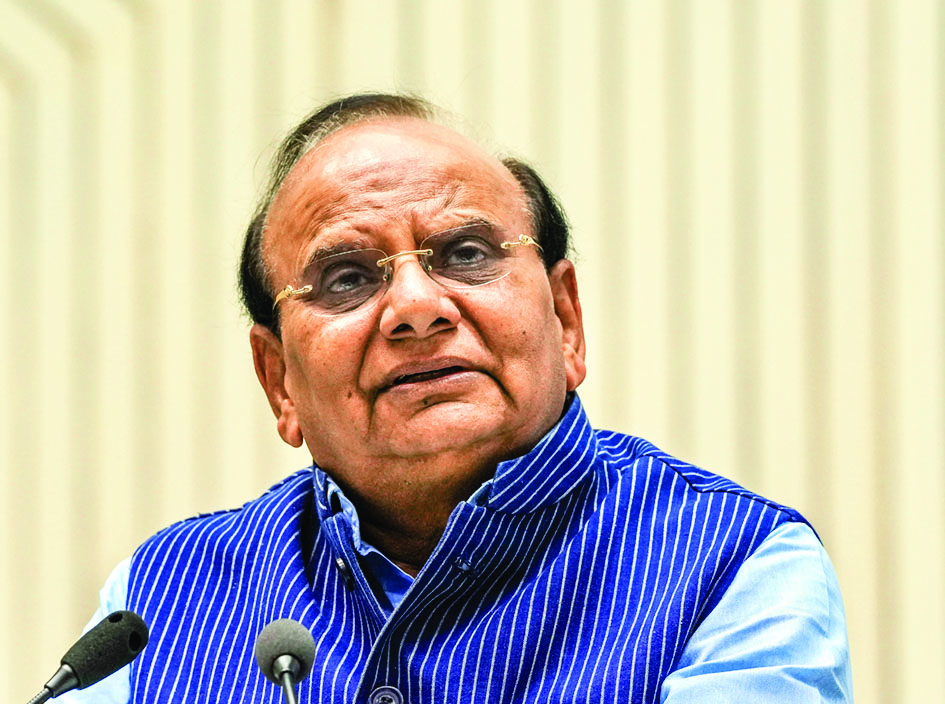L-G Saxena approves high-level committee to prevent unauthorised prison telephony

New Delhi: Lt Governor V K Saxena has approved the formation of a high-level committee to suggest ways of addressing illegal and unauthorised telephone communication in the national capital’s prisons, Raj Niwas officials said on Thursday.
The 10-member panel, headed by Director General (Prisons) Sanjay Baniwal, has been instructed to submit its recommendations within a month.
It also includes experts and scientists from IIT-Madras, IISc-Bangalore, Defence Research and Development Organisation, C-DOT and officers from the Intelligence Bureau and the Special Protection Group, the officials said.
“The committee will explore suitable jamming solutions emerging in the market (in addition to the existing infrastructure) and their testing in prisons to check their effectiveness in blocking incoming/outgoing calls, SMS and data services on prison premises,” a Raj Niwas official said.
Between 2008 and 2012, 31 mobile phone jammers were installed in Tihar and Rohini jails. These jammers were effective in blocking 2G and 3G services. However,
after the introduction of 4G services, these became ineffective, he said.
As a result, the annual maintenance contracts for these 31 jammers were not renewed after November 2016.
Subsequently, a committee constituted under the then-Director General (Prisons) proposed and decided on an alternative solution in the form of ‘Harmonious Call Blocking System’ for blocking 2G/3G/4G signals. This system was chosen for its ability to block 5G signals as well, the official said.
This system entailed installing one or more “special towers” on the jail premises.
These Towers for Harmonious Call Blocking System (T-HCBS), which follow a hybrid approach to jamming, were installed in various Delhi prisons. However, despite being effective to a large extent, the system could not prevent telephone communication in totality, the official explained.
These towers were also blocking calls and data services of the general public in residential areas around the prisons, he added.
“It was also learnt that if the dominant T-HCBS or the second layer tower fails to generate signals, the third layer tower can also provide signals to execute calls and, therefore, 100 per cent call blocking could not be achieved,” he said.
This apart, factors such as non-coverage of dark areas, shadow areas, multi-path propagation, fading and atmospheric conditions, among others also affected the T-HCBS’s functioning.
While being effective as a technical solution, T-HCBS could not prevent unauthorised communications from prisons since it could not achieve 100 per cent blockage of signals, the Raj Niwas official said.
To address these concerns, based on the actual situation on the ground, officials felt a need to explore other existing and emerging solutions to curb the use of mobiles and SIM cards in the prisons and to ensure that no communication is possible on the premises, he added.



